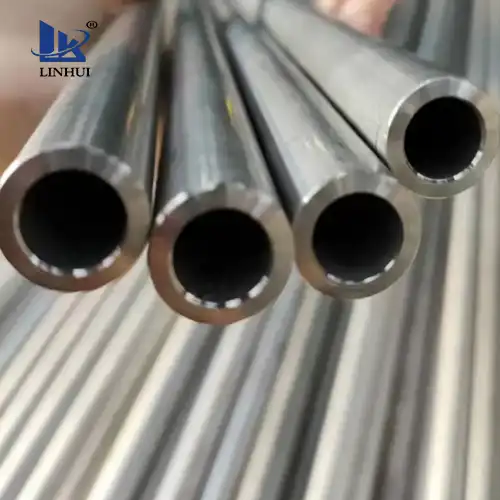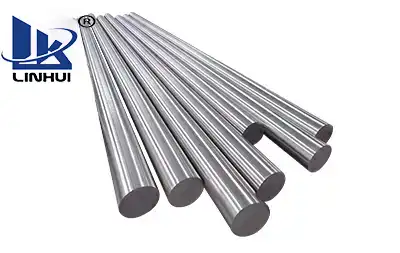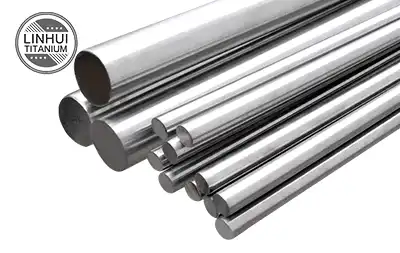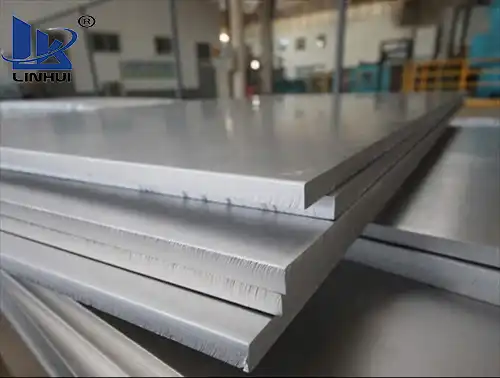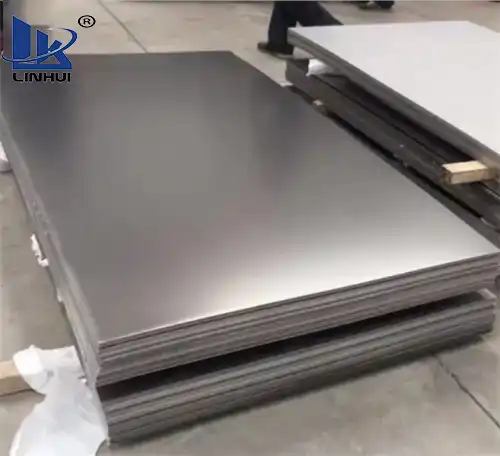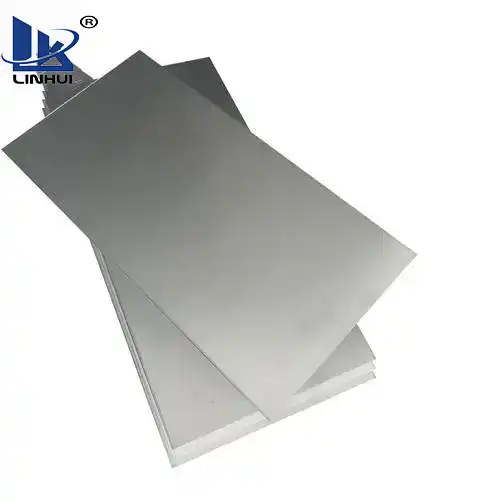1. The elastic modulus of titanium is low relative to its tensile properties. Therefore, a large spring-back margin must be considered during pressing and roller operations. Precisely due to the lower elastic modulus, to achieve the same stability, the cross-section of titanium parts is slightly larger than that of the same steel parts.
2. Titanium is easy to machine, but considering its tendency to stick (larger than stainless steel) and low thermal conductivity, the commonly used machining technology and the design of threads and supporting surfaces must be appropriately improved. At least it must have a rigid machine tool, sharp tools, use slow speeds, large cutting volumes, and leave room for chip removal. It is also recommended to use a large amount of cooling lubricant.
3. The thermal expansion coefficient of titanium is 75% of that of carbon steel. Special attention should be paid to this when combining these two materials in equipment design and manufacturing.
4. Since titanium is an active metal, it is easy to combine with oxygen in the air when heated to above 600°C. Therefore, it is generally not recommended to use titanium for a long time at temperatures higher than this.
5. When the temperature of industrial pure titanium exceeds 150~200°C, its mechanical strength decreases rapidly.
6. The diffusion rate of hydrogen in titanium is faster than that of oxygen. Therefore, before thermal processing, the heating furnace used should have a micro-oxidizing atmosphere. This will produce a relatively thin oxide film, but avoid possible damage caused by hydrogen. Deep pollution.
7. Softer industrial pure titanium plates are easy to cold form after annealing; harder industrial pure titanium and Ti2.5Cu require medium temperature processing, and the best processing temperature for Ti6Al4V is 600~700°C.
8. Composite plates can be obtained by explosive welding of thin titanium plates and thick steel plates, which can be used to manufacture high-pressure and high-temperature vessels and heat exchangers. However, it is not economically worthwhile to use it to replace the overall titanium or the titanium lining plate of the set.






